(AfroGamers.com) Exposition is something that really plagues anime and manga. The backstory of characters is super important but there is a such thing as too much information or too much backstory.
Sometimes Anime Characters Talk Way Too Much
A notable example of this is the Naruto franchise. On the one hand, you could excuse it in the core series Naruto where we’re introduced to a number of characters. Most of the Hidden Leaf Village’s new generation would move on to become focal characters and great heroes in Shippuden where their legends grew.
So, in Naruto, it made sense to learn of these characters’ backstories and motivations. One problem to this is that many of the stories had the same motif of horrible ass childhoods. Seriously, if they weren’t orphaned, they were neglected or ostracized. If they weren’t orphans and/or pariahs in the village or where they lived, then either they experienced some trauma that stunted them in some way or their families were wiped out.
These childhoods pushed many of younger ninjas not just in the Leaf Village but in other villages to be their best and overcome adversity. It’s a great message and sometimes that massive setback before even getting to the main stages is necessary.
However, we don’t need to hear your story in the longest form possible. Condense that sh**! In some cases, we hear a character’s backstory and they’re going to be killed off. Personally, I’m not going to care to hear it if it bogs down the pace of the story—especially if it’s an exciting, blood-pumping part of the story!
It’s pretty much why I read the Naruto manga series instead of watching the anime in full, the story is still digestible without stopping the pace of the overall story in its tracks then having to wait for the next episode in hopes that things would pick back up.
When I was younger, I didn’t know of pacing a story and all of that. I was just stoked that I was watching something new and fresh with modern animation. As I got older and began writing, I realized “Hey, this stuff is kind of momentum-killing.”
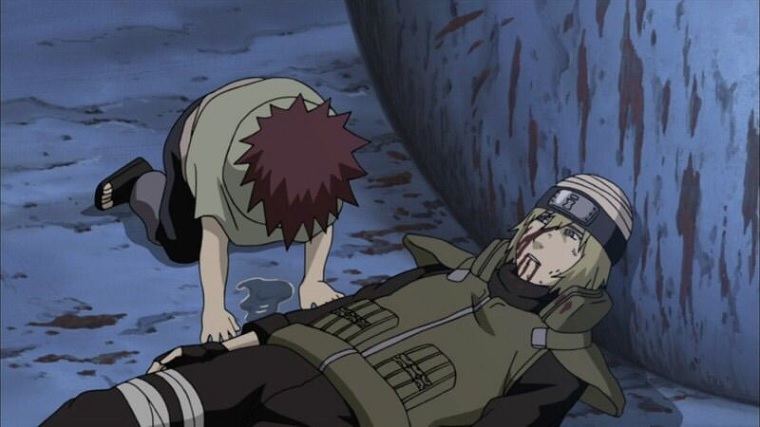
“So, We’re Getting Exposition in the Middle of This Fight, Huh?”
Oh, this is the worst. I’m not trying to beat up on Naruto but it was the first anime series where I noticed this. After seeing it in this series, it became evident that it was something in a lot of modern series.
You’ll have this big, hype fight going down. There are cool moves, creative techniques, one side is struggling to find an opening, there’s a technique that hasn’t been used yet that could change the fight’s momentum. It’s all great stuff!
Then we get the tonal shift of a flashback or something mid-fight. This character is being suppressed by a powerful or evenly matched opponent and they’re having a flashback about everyone who believed in them and how they progressed this far. Like, is this really the time for this? I don’t know when the right time would’ve been but this ain’t it.
In older anime series, you’d have the main character doing their big attack while either saying or thinking who they’re doing this for before it strikes with authority. Or you’ll have a visual of them doing their super attack while images of their allies—living and fallen—are around them to show that those are the people driving their motivation to defeat the opponent.
It was a nice, tidy package that kept the momentum going at high speed—and it worked. I don’t know if production studios do it squarely for filler purposes or if they go “Hey, we can take 10 to 12 minutes out of this 22-minute episode to get into their story, right? We’re at the scene where the smoke clears and the good guy is grasping their arm and trying to catch their breath. Let’s just get into their backstory and bring it back around!”
However, if they do—it’s a little cheap. One, this kind of storytelling shouldn’t be used as filler. It’s an important part of that character’s backstory. It’s even more important if said character lives on in the series or at least dies later down the line. Stretch the fight scene out if you need to fill time. Don’t just drop heavy stuff when I’m into this well-animated fight!
With that said, when is there a good time to get into the backstory? Dropping it during downtime—when there isn’t fighting or a battle—is no good. Having back-to-back dialogue-heavy episode is mediocre pacing in an action series.
I say that the best time is during an adventure or training arc. It’s the perfect mix of action and story and it can ease its way in there without damaging momentum much if at all. During a tournament arc or a big battle isn’t good pacing until the character keeps that sh** short.
Think of Dragon Ball Z and Vegeta’s death on Planet Namek and how he explained to Goku how he was the legendary Super Saiyan and that he had to kill Frieza. Dude was on his deathbed and had every right to take 10 or more minutes to explain everything but kept it nice and tidy.
Sure, DBZ fights tend to be stretched out for powering up and moving to different but very similar battlegrounds in an underdeveloped world but for the most part, exposition never bogged down the battles themselves. Monologues didn’t go on forever and ever. Shy characters didn’t all of sudden become anime’s greatest orators.
Giving Away Your Move or Explaining Other Characters’ Techniques in Manga
This piece of exposition has always been a funny one because it’s a trope of action anime. I’ve always loved it when a character gives away the specifics of what their move does or how they trained the move before doing it or while preparing it.
Even better is someone else explaining the character’s move while seeing it only to go into the history of the move. Like, who asked? We already saw the training arc for them learning this attack or perfecting it, do we really need to know the full, unabridged history of this attack during the fight?
My friends, I say that we don’t. It would be nice to know, definitely but if we really needed to know, it should’ve been explained during training and not by the opposing side’s bench fighters who are waiting their turn but know the specifics of the attack.
This is something you’ll see more in anime and manga. The person doing the attack and explaining what it does, how they learned it, and what school of martial arts it belongs to is something you’ll come across in the cultivation/wuxia series of manhua and manhwa. A few savvy writers have even poked fun at this trope when the main character counters or nullifies this attack.
It’s almost as if narration blocks in comics get demoted to location and brief character introduction in Chinese and South Korean series and the characters themselves being narrating stuff! At least in manhua and manhwa, there is always some degree of surprise when an attack—which must be explained—is unloaded. It’s almost as if this attack has been covered in dust for years and is just seeing the light of day again—which is often the case.
In anime and manga, unless the attack has a high chance of death to an opponent, you’ll never see greater expressions of apathy following an attack that just got a lengthy explanation. Maybe that opponent is just cool-headed but they can give their attacker a little face and at least appear surprised.
Overall, exposition in its many forms has a place in anime, manga, manwha, and manhua. However, maybe we can dial it back a bit when fights and battles reach their peak? Or maybe put it sometime before the battle really kicks into high gear? Battles should be as high tension and smothering for the viewer or the reader as they are for those involved.
It’s just a suggestion.
Staff Writer; M. Swift
This talented writer is also a podcast host, and comic book fan who loves all things old school. One may also find him on Twitter at; metalswift.








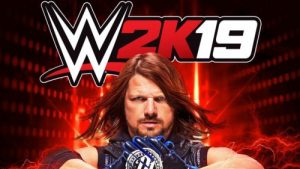
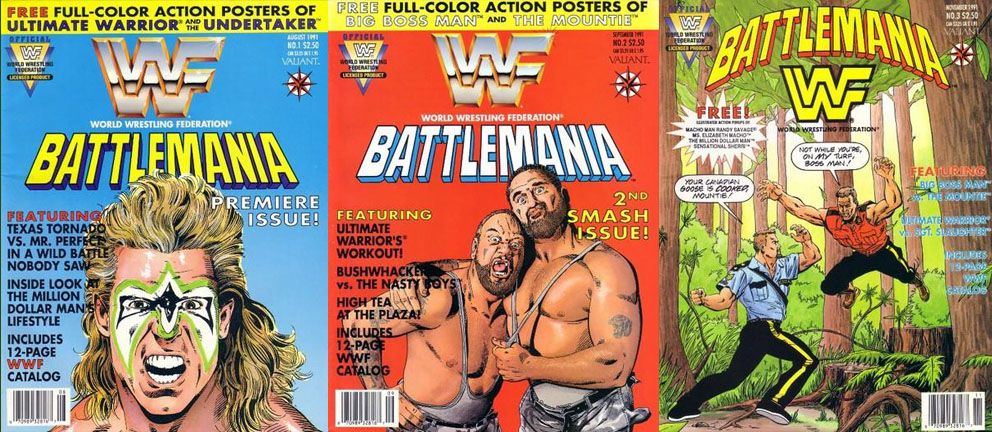




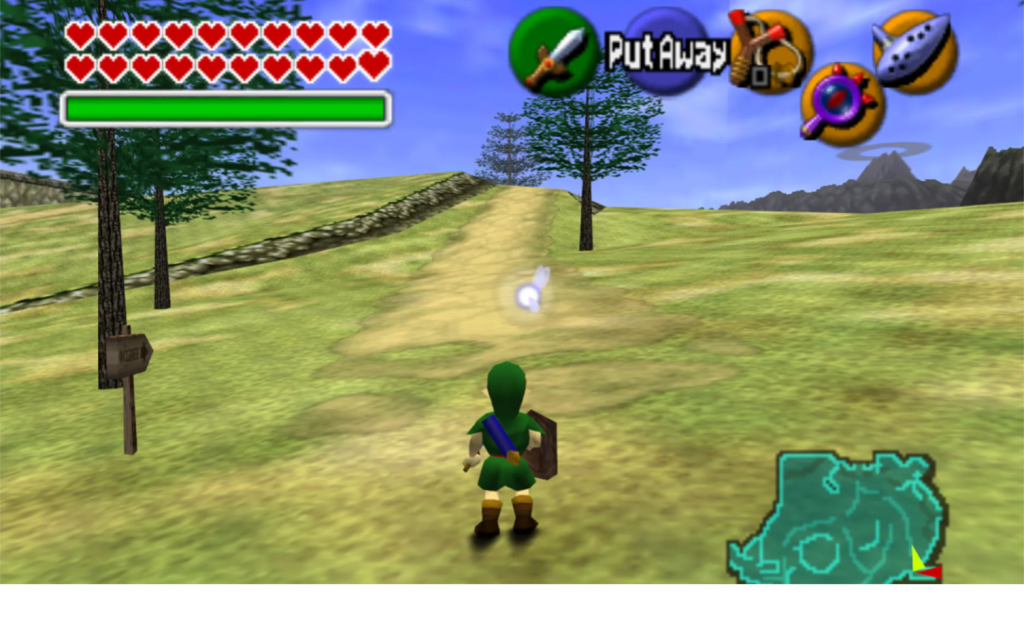
Leave a Reply